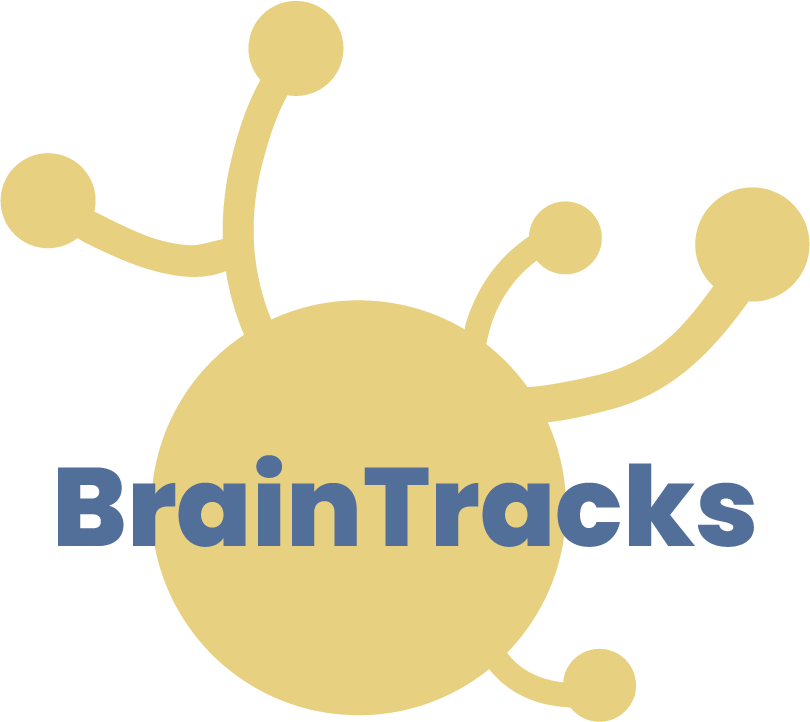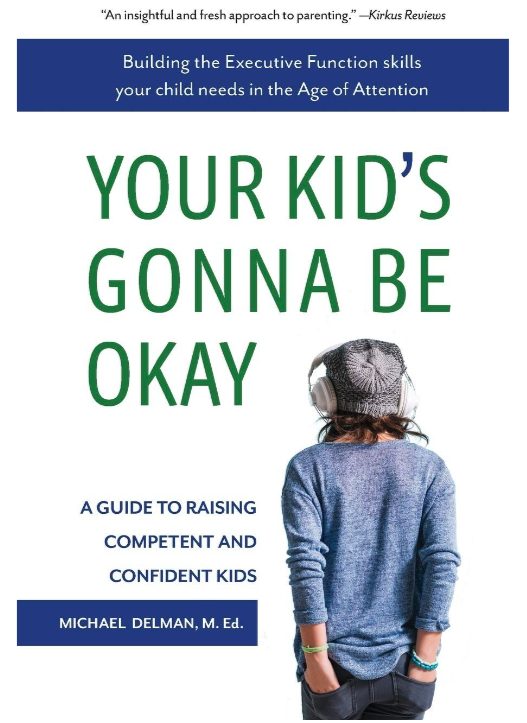Excerpt from Chapter 4
Focus in the Age of Attention: Directing the Distracted Child
Welcome back to the fourth installment of our six-part blog series! If you're just joining us, be sure to catch up on our previous posts. In this installment, we address the Executive Function skill that seems to be more important than ever: Attention. Attention is an Executive Function skill with quite a few different components. There's focusing, sustaining that focus, selecting and inhibiting attention, shifting quickly between tasks, and maintaining attention over time. While we recognize these different aspects of Attention, we consider them all together, as students with a challenge in one area typically also struggle with other types of attention.
Be sure to join us next week for another installment! Next week’s post will address strategies for the unproductive child. If you have a student or child that has trouble getting work done, you won’t want to miss this post!
Below, get a sneak peek with an exclusive excerpt from ©Your Kid’s Gonna Be Okay: Building the Executive Function Skills Your Child Needs in the Age of Attention. Reprinted here with the permission of author Michael Delman.
Your Kid’s Gonna Be Okay: Building the Executive Function Skills Your Child Needs in the Age of Attention book cover.
Get Your Pants On: How to Focus in Class
Kids today are criticized for so many things, many of which are not entirely fair. If they made an effort to have their pants on in class, I would predict that many teachers would have a better opinion of them. By pants, I am referring to an acronym for Posture, Asking questions, Note-taking, Tracking the speaker, and Smiling (pants). It’s remarkable how beneficial some relatively superficial changes can be. When students practice these five behaviors in class, three things happen.
First, they themselves change. Sitting up straight, getting questions answered, taking notes, following the speaker with one’s eyes, and occasionally smiling at the teacher—all of these things help a student to be more attentive. Being in the moment and staying alert capitalizes on whatever capacities we have and boosts our interest in the material. It makes students more likely to make connections between what is going on in the classroom and what matters to them outside of the classroom. It also builds the habit of staying attentive.
Second, when students demonstrate that they are attentive, the teachers think better of them. Teachers really appreciate it when students show that they care about the lesson and find the teacher to be offering something of value. While some teachers may be sympathetic to students who appear to be disengaged, many will not. Many teachers lack either the patience or the insight to feel committed to a student who is slouching and looks unhappy to be in class. In fact, teachers are likely to feel somewhat insulted by and, therefore, not sympathetic toward a student who appears to be bored by the subject the teacher is passionate about. Consciously or not, teachers will go out of their way to support students who are asking thoughtful questions and paying attention. The teacher will smile back at the student who smiles at them, perhaps get to know the student as an individual, and ask questions about their extracurricular activities. The teacher will offer tips on how to succeed in their class, and it’s possible that a close grade will go the student’s way because of a “good attitude.”
All of this leads to the third benefit, which is the student’s self-perception. Students getting this kind of positive feedback and support from teachers start to believe in themselves more. They recognize that an authority figure likes them and, over time, may come to believe that the teacher thinks they’re smart. While few kids really want to be the teacher’s pet, most young people feel good about being valued by someone in a position of power. As they receive the benefits of being appreciated by the teachers, they tend to become more receptive to doing things even more effectively and to working harder. It starts the Cycle of Growth (figure 10).
While most kids will learn these skills over time, it can be a painful learning process with some significant costs along the way if your child is zero out of five on the pants score. If your child is young and open to your help, you can be the one to teach the skills. If your child is older, usually sixth grade or beyond, it’s better to assign the task to a cool aunt, uncle, or friend, or to have someone at school help out. For those kids who really struggle as they enter middle school or even earlier, perhaps because they have a social skills disorder, Asperger’s or other diagnosis on the autism spectrum, or very significant and untreated ADHD, learning the skills may require a professional. In those cases, you might consider seeing your school’s counselor for support.
Want to read more? Your Kid’s Gonna Be Okay is available for order through your favorite online bookstore. You can also return next week for another exclusive excerpt from the book!
Educators can help students build their Executive Function Skills, and BrainTracks can help! Learn more about BrainTracks’ school programs.
Head to our parent company’s site if you are looking for 1:1 Executive Function coaching.



